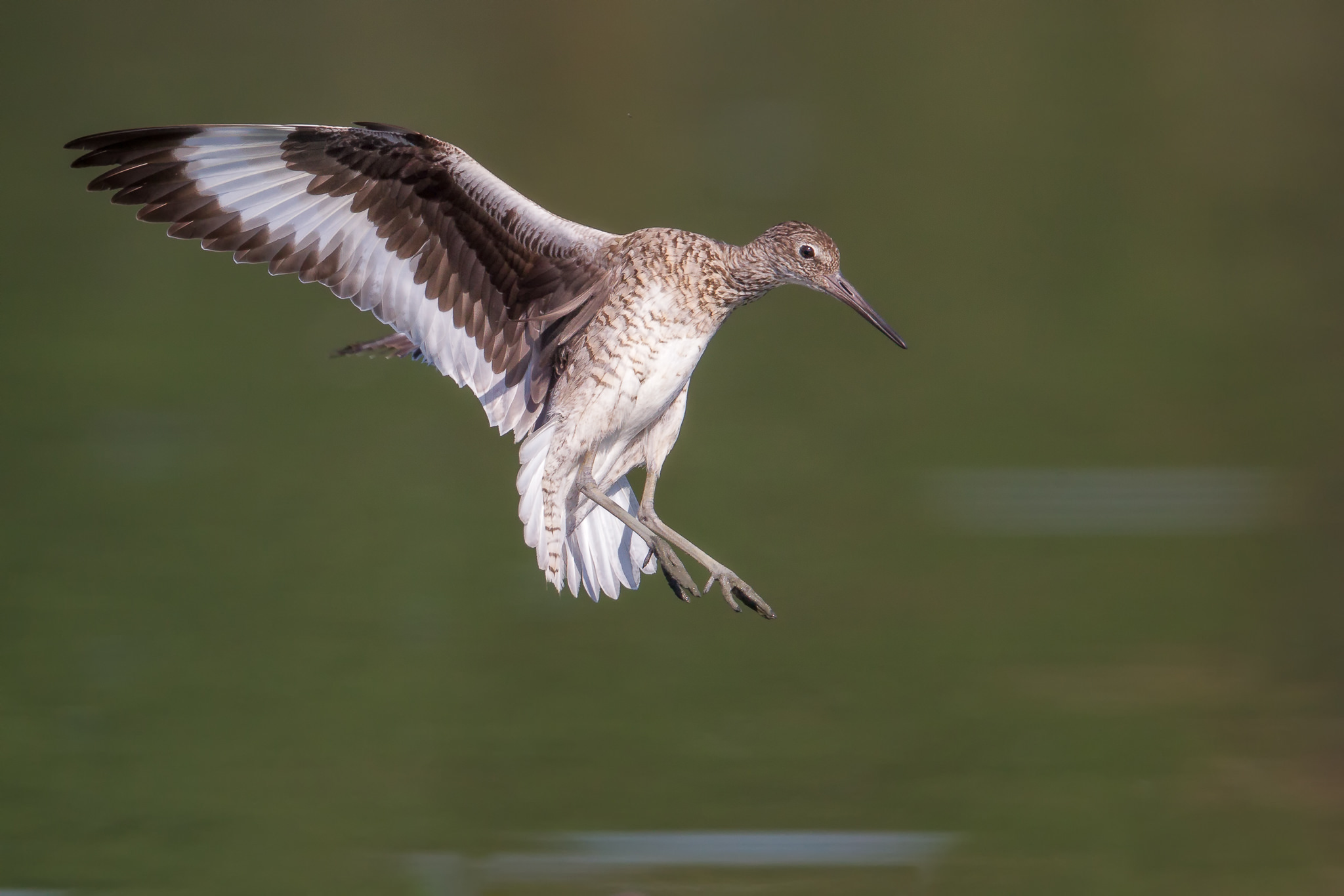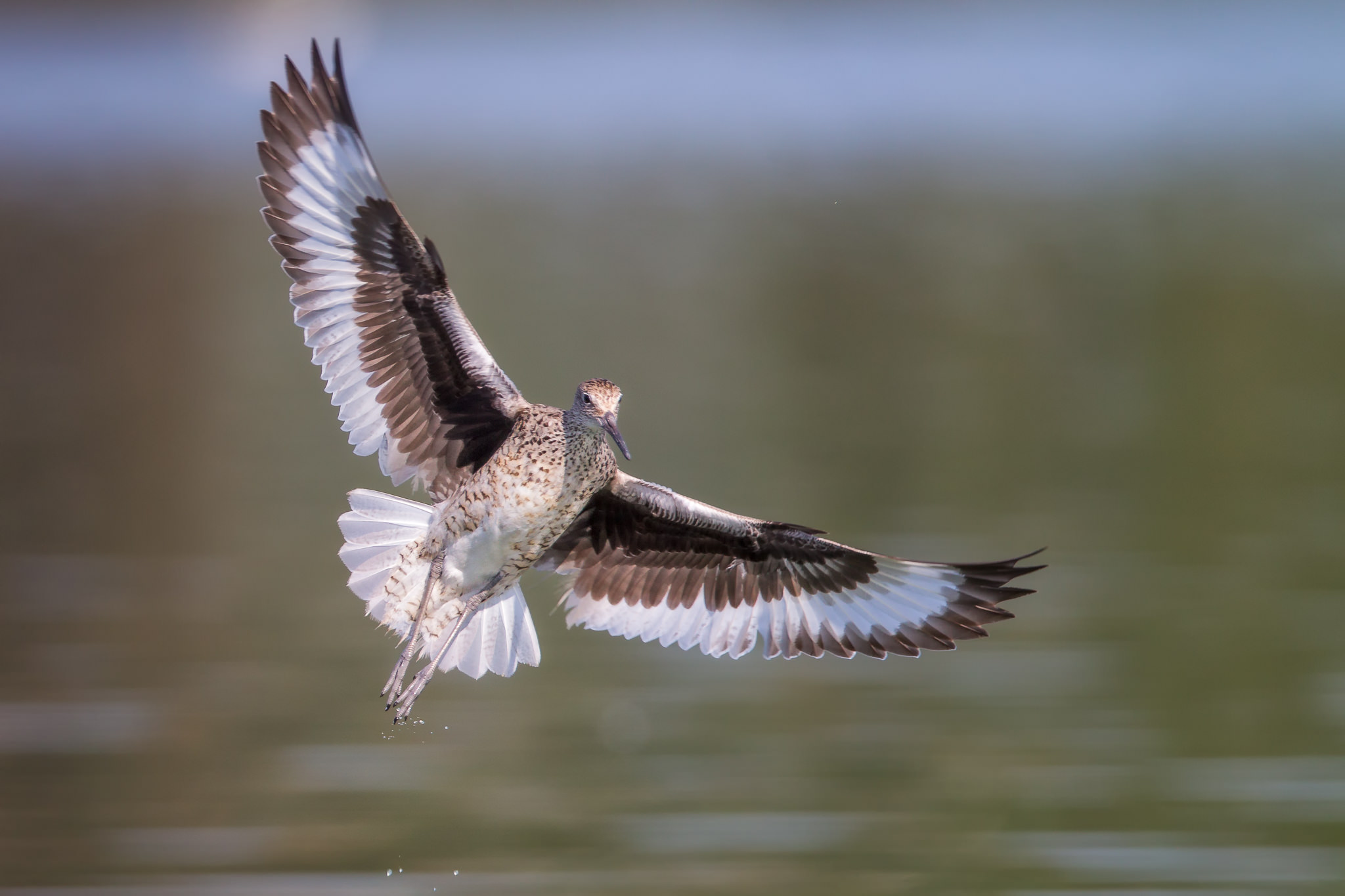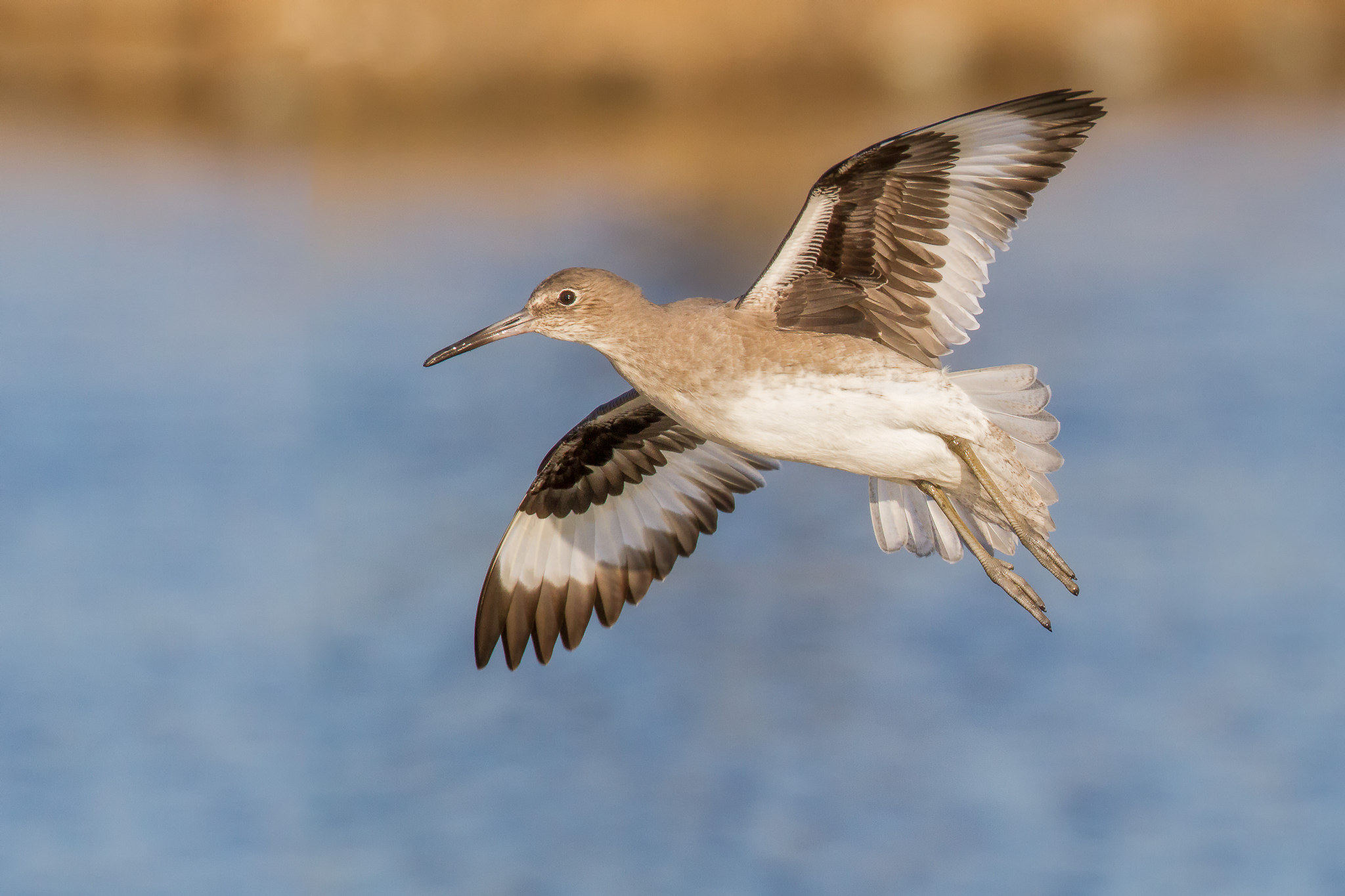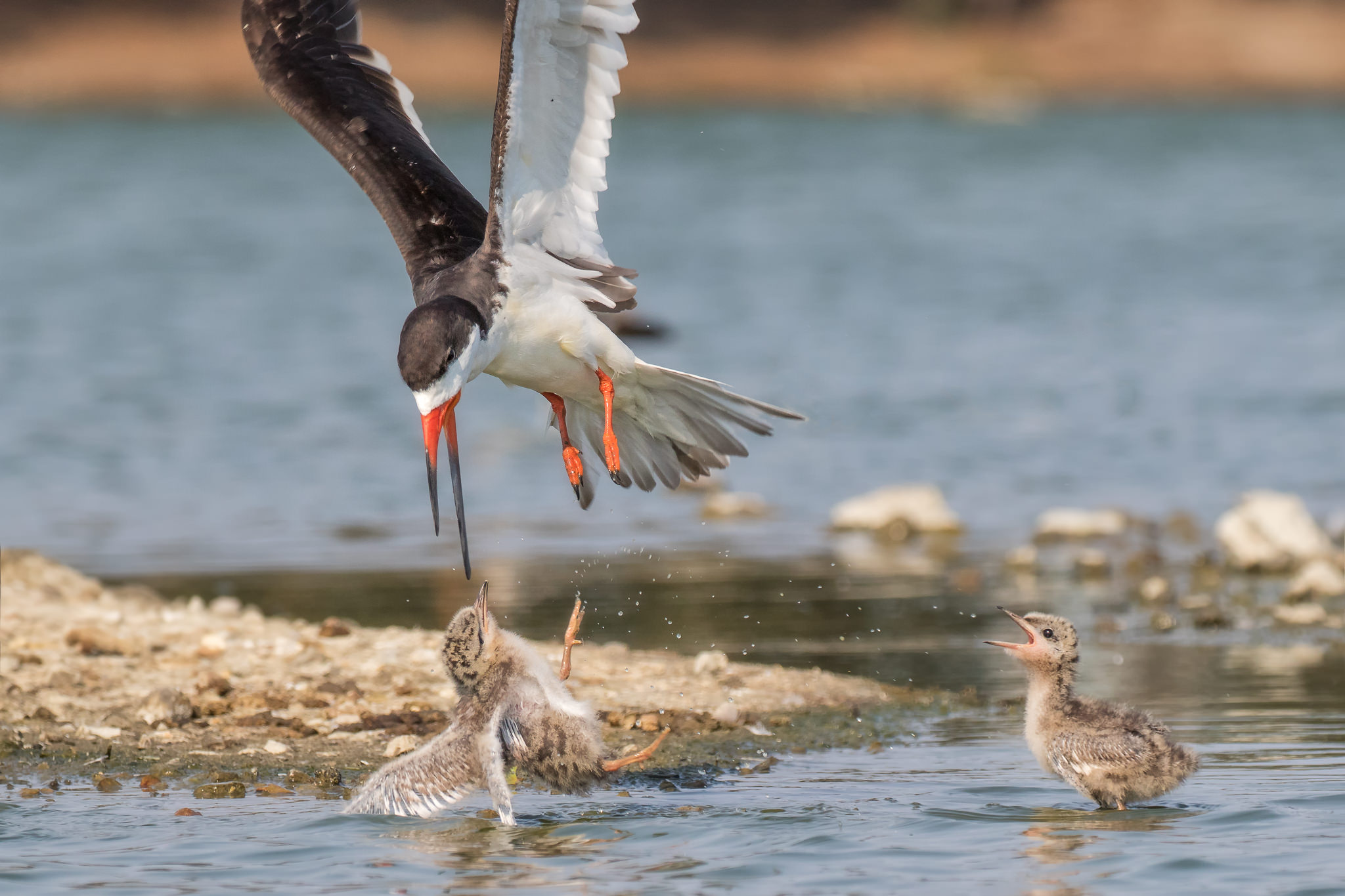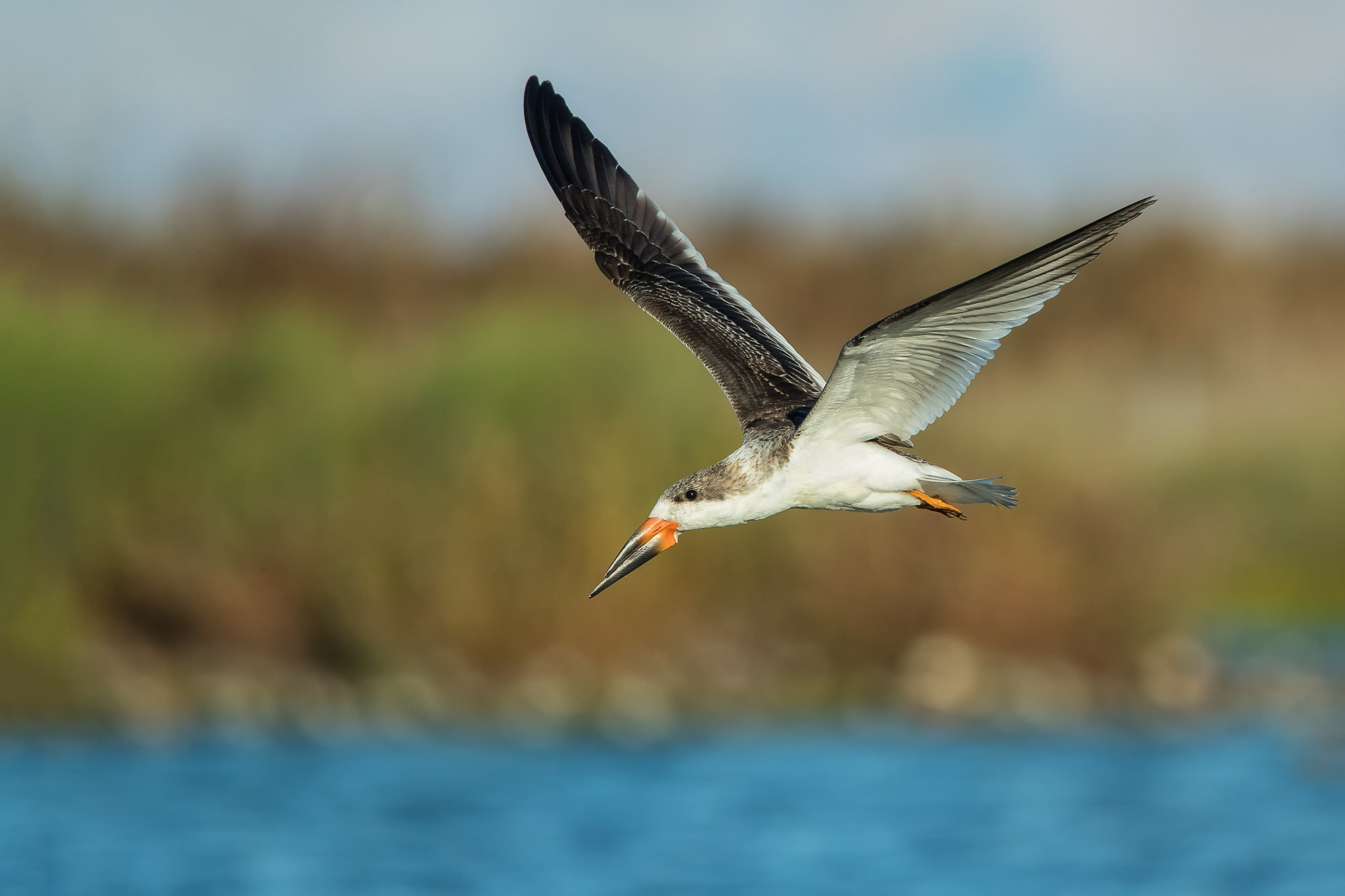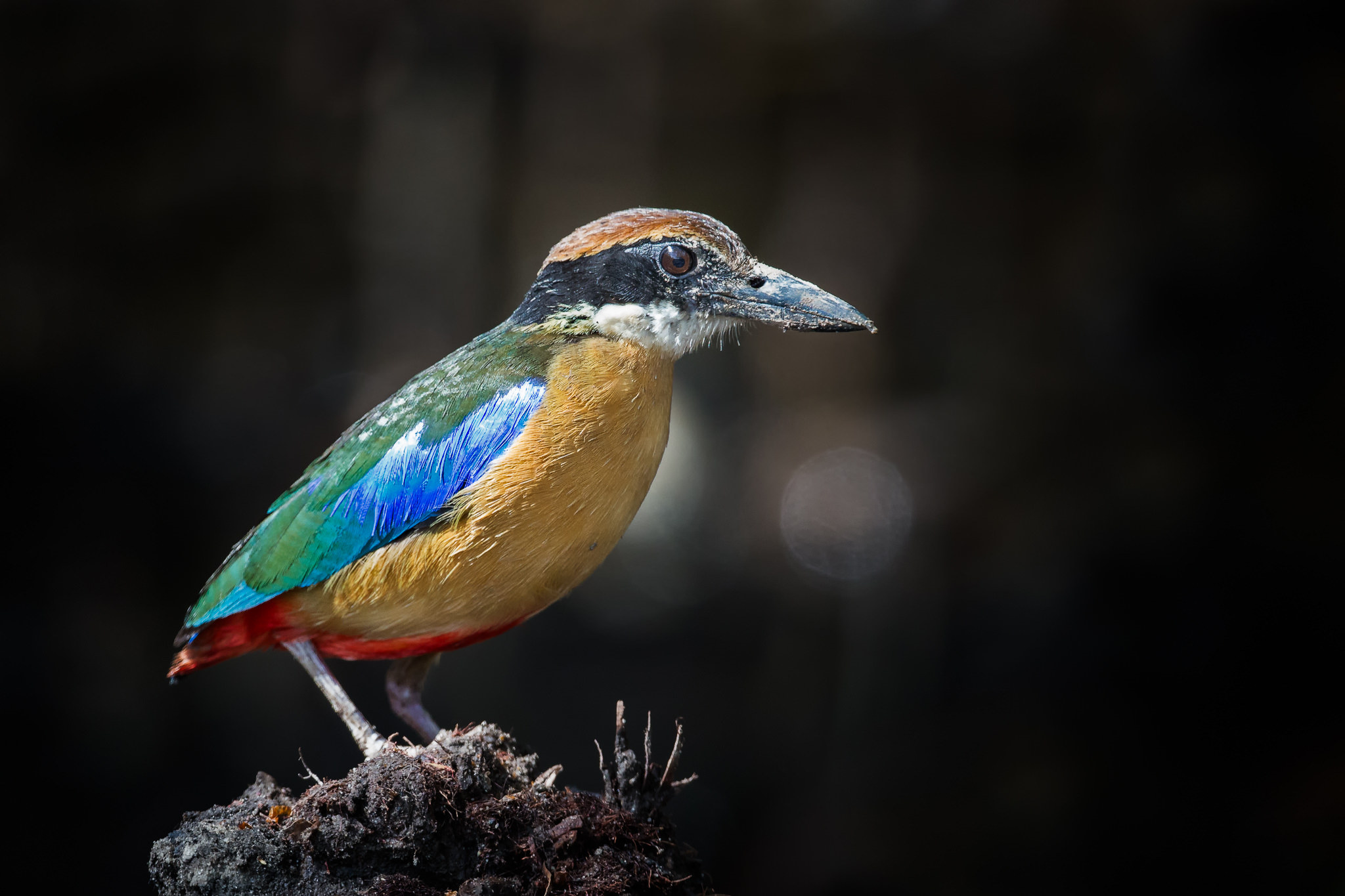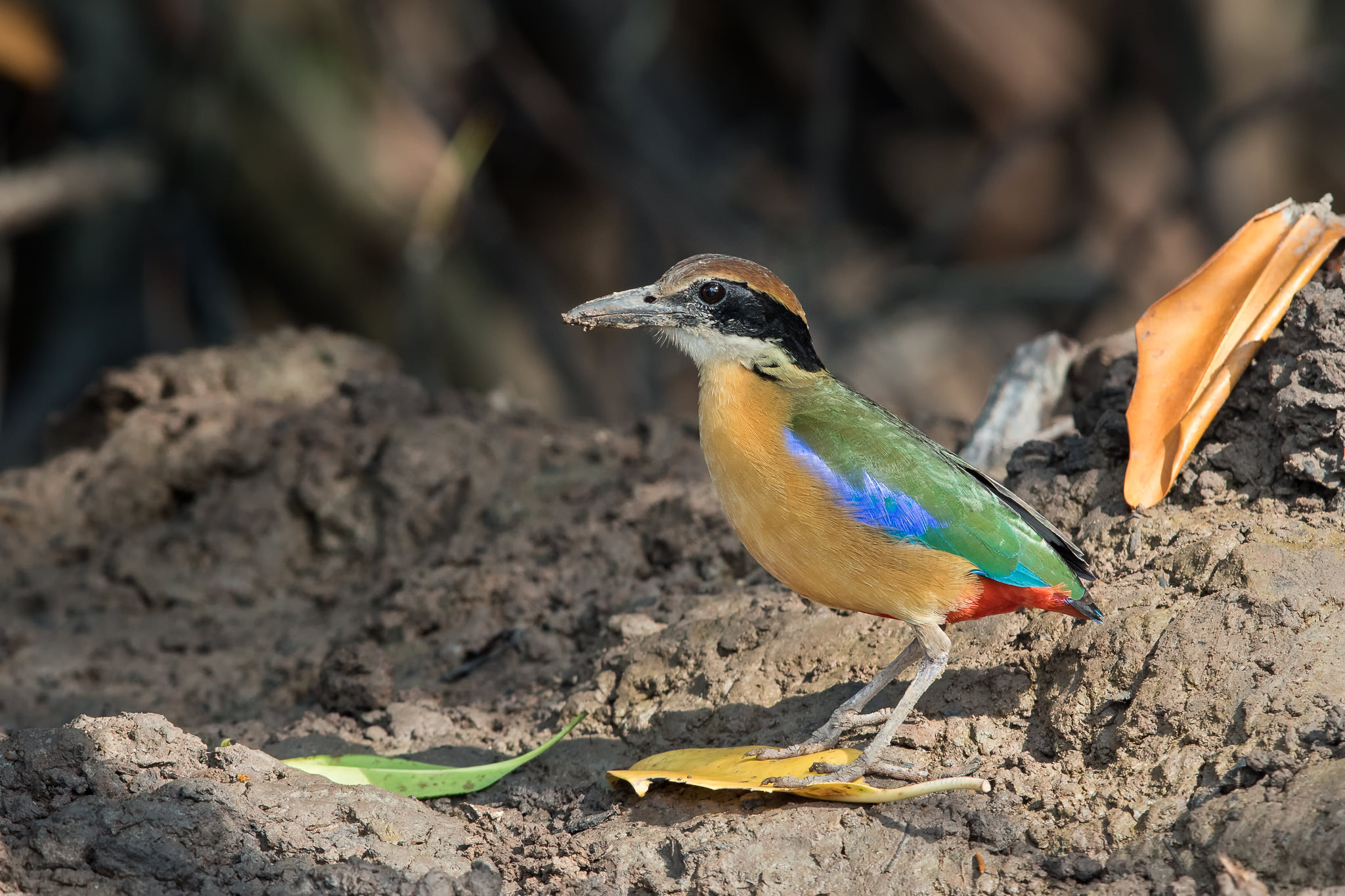THE GREAT WHITE PELICAN


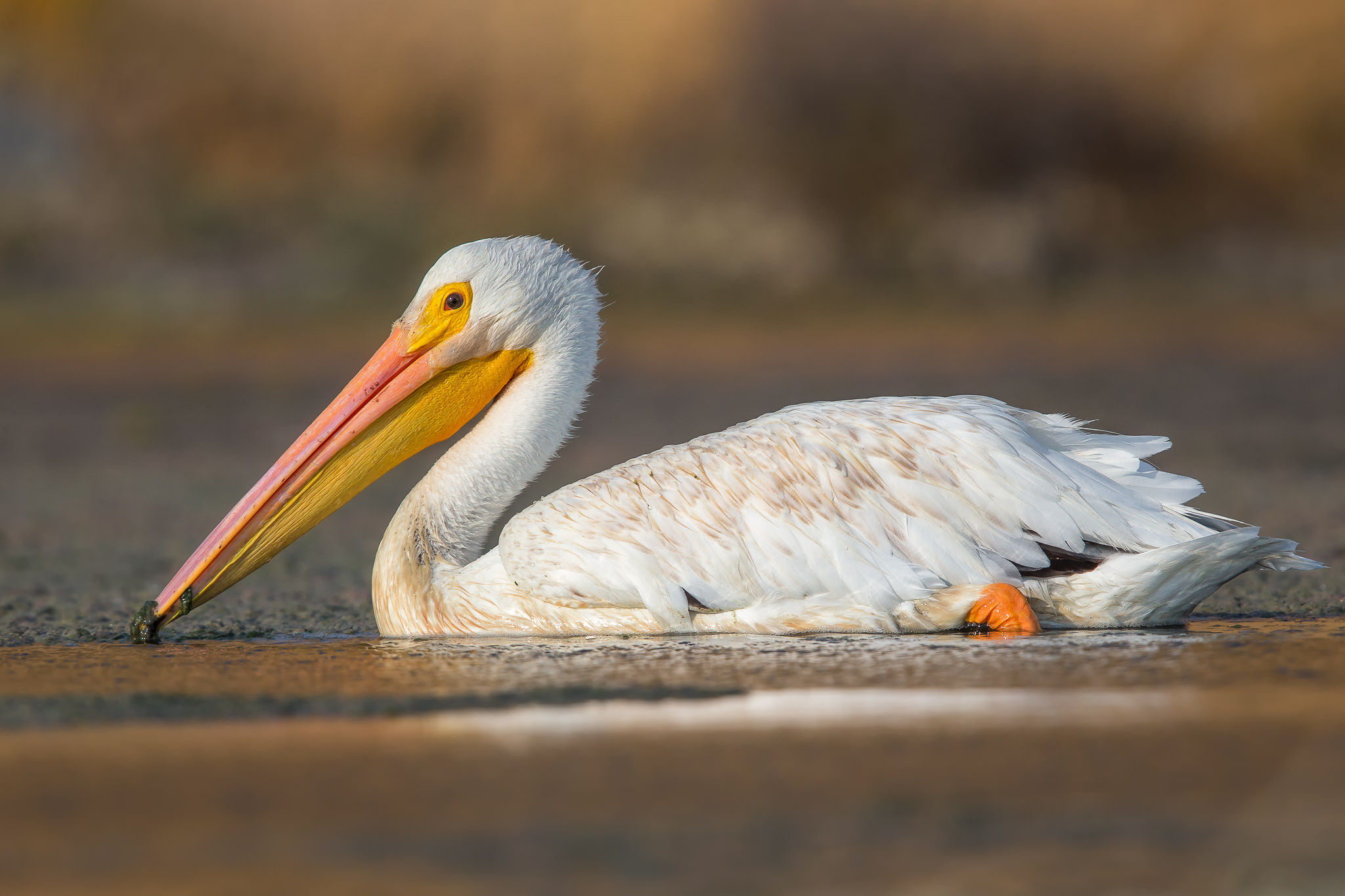
The great white pelican (Pelecanus onocrotalus) also known as the eastern white pelican, rosy pelican or white pelican is a bird in the pelican family. It breeds from southeastern Europe through Asia and in Africa in swamps and shallow lakes. The great white pelican is a huge bird, with only the Dalmatian pelican averaging larger amongst the pelicans. The wingspan can range from 226 to 360 cm (7.41 to 11.81 ft), with the latter measurement the largest recorded among extant flying animals outside of the great albatrosses. The total length of the great white pelican can range from 140 to […]



















































